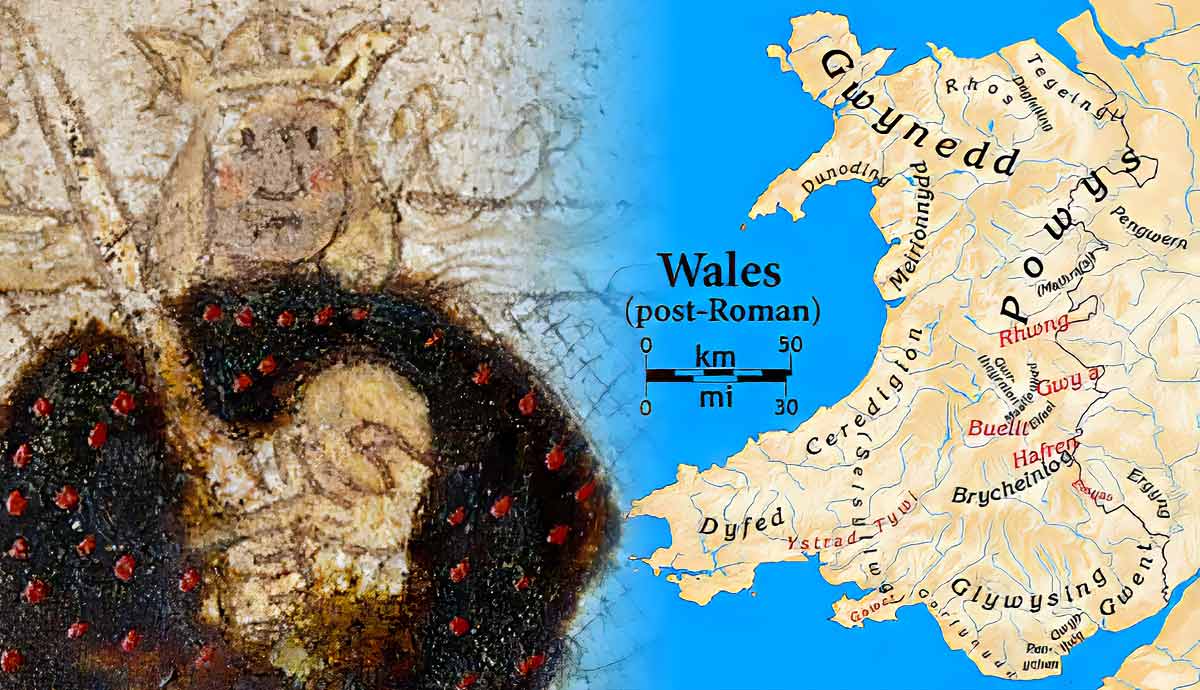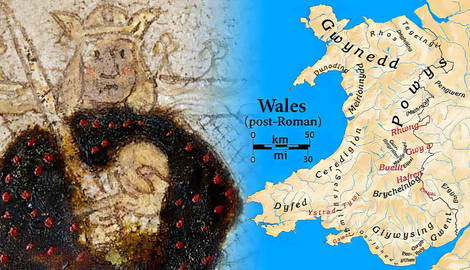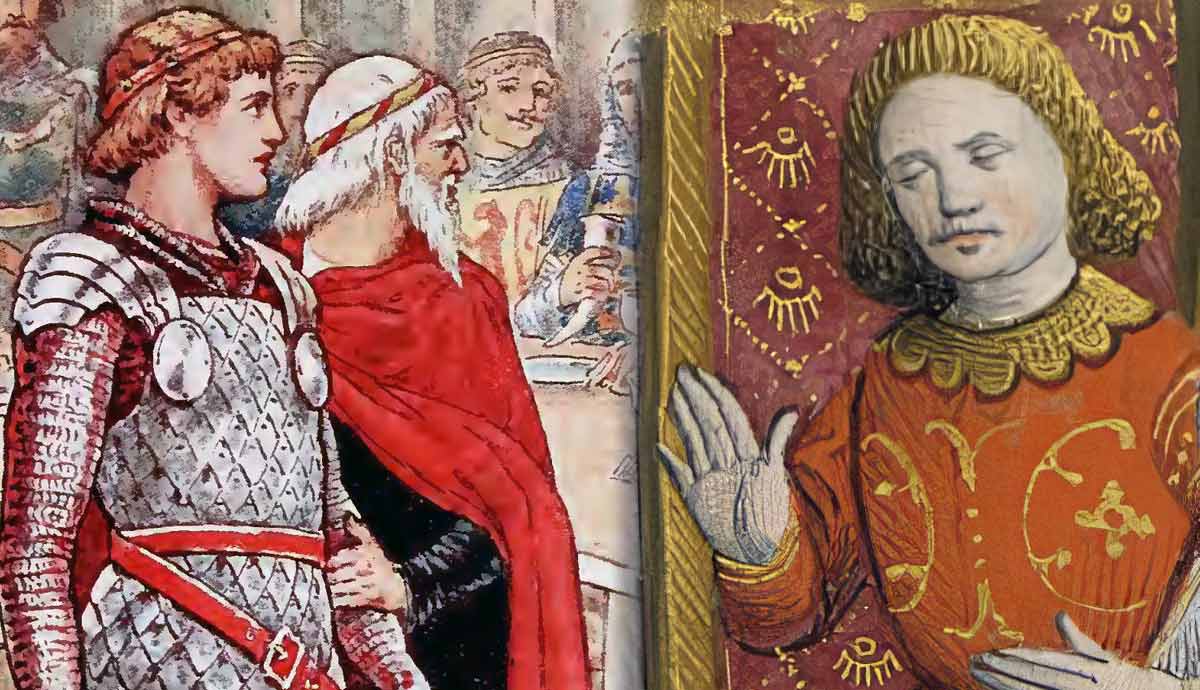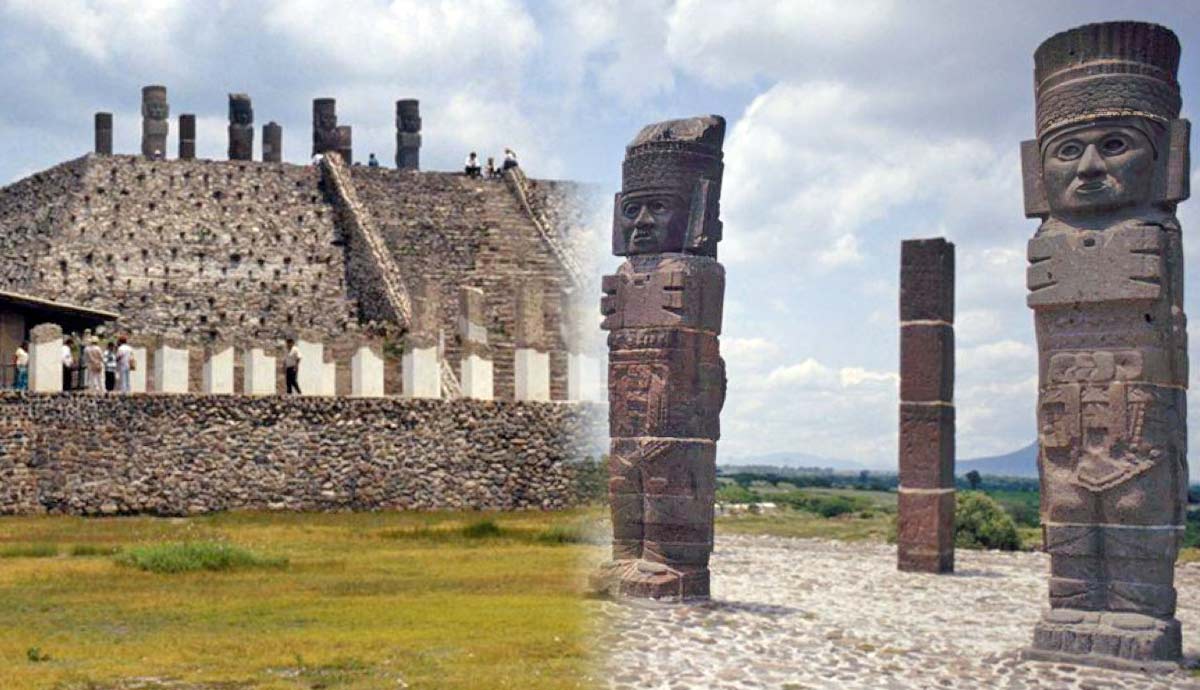
The Arthurian legends are set in the Post-Roman Era, appropriately known as the Dark Ages due to the poor documentation of the period. Of all the people and events mentioned in the legends, relatively few can be confirmed as historical. One clear example of a historical figure who appears in the legends of King Arthur is the ruler of Gwynedd. His name was Maelgwn, and he was one of the most powerful kings of the sixth century. Apart from his mere existence, what do we really know about him?
What Was Maelgwn Gwynedd’s Kingdom?

Maelgwn Gwynedd was a king who lived in the sixth century. This was the era in which Britain was being conquered by the Anglo-Saxons who were slowly spreading from the eastern part of the country. Maelgwn ruled over a region of what is now Wales, far away from the encroaching Saxons. The region in question was the kingdom of Gwynedd which is why he is usually known as Maelgwn Gwynedd. The kingdom was roughly equivalent to the modern county of Gwynedd today. The medieval kingdom encompassed more territory than the modern county, however. It also included the Isle of Anglesey, which forms the north-westernmost corner of Wales.

The fact that Maelgwn’s kingdom was so far away from the Saxon wars undoubtedly facilitated his ability to rule as a powerful king. And he certainly was powerful. The one contemporary source that mentions him refers to him as “the dragon of the island,” the term “dragon” likely being a poetic expression for a powerful leader in this context.
Reference to “the island” is usually taken by scholars to refer to the Isle of Anglesey, which was a very prominent part of the kingdom of Gwynedd. However, Gildas refers to “the island” numerous times throughout the De Excidio. In every instance, it means Britain. So why would it mean something different in the expression “dragon of the island”? For the sake of consistency, a minority of scholars consider Gildas to have been referring to Maelgwn as the “dragon” of Britain itself, not of Anglesey.
In other words, Gildas was not calling Maelgwn the powerful leader of a part of his own territory, Gwynedd. Rather, he was referring to Maelgwn’s dominance over Britain as a whole. This is not to say that Maelgwn actually ruled all of Britain. Such extensive rulership would not exist for many centuries yet. What Gildas evidently meant by this expression was that Maelgwn was one of the most powerful kings of Britain. In fact, just a few lines later, Gildas explicitly states this about Maelgwn.
When Did Maelgwn Gwynedd Live?

A very small minority of scholars place Maelgwn Gwynedd in the late fifth century. However, the majority opinion is that he lived in the sixth century. We know that he was a contemporary of Gildas, because he is mentioned by him as a still-living king when he was writing. Unfortunately, the dating of Gildas himself is very uncertain. It is easier and safer to date Gildas by the kings he mentions rather than the other way around.
The earliest chronological information about Maelgwn Gwynedd is found in the Historia Brittonum, written in about 830. According to this, Maelgwn’s reign over Gwynedd began 146 years after his ancestor Cunedda came down to Wales from the north of Britain. Based on extensive information about Cunedda’s many descendants, scholar Peter Bartrum concluded that Cunedda’s arrival in Wales must have occurred no earlier than about 430. Counting 146 years from then would take us to 576 for the start of Maelgwn’s reign of Gwynedd.

This is a cause of some controversy for scholars of this period, because the later Annales Cambriae — dated to the tenth century — disagrees with this. This later record places Maelgwn’s death in the year 547. This date, perhaps because it is more famous than the chronological reference in the Historia Brittonum, has generally taken precedence. Nonetheless, the Historia Brittonum is an earlier source than the Annales Cambriae, so it is not illogical to favor its chronological data. Supporting its own claim of placing Maelgwn’s reign 146 years after Cunedda came down to Gwynedd is some additional information it provides. In the same passage, the Historia Brittonum associates Maelgwn’s rule of Gwynedd with the time of Taliesin and Aneirin. These were two bards who lived in the late sixth century.
Ultimately, we cannot be sure of when exactly he ruled, since we have to rely on the testimony of much later documents. It is worth noting, however, the early evidence that Maelgwn ruled over Gwynedd in the late sixth century rather than the early or mid-sixth century.
Maelgwn’s Activities

We do not know very much about the details of Maelgwn’s rule over Gwynedd, since our only contemporary source does not give an overview of his reign. Nonetheless, Gildas does present some biographical details. One thing he tells us is that this king of Gwynedd deprived others of their kingdoms and their lives. So, Maelgwn was a conqueror. This is consistent with later traditions about him. For example, the 11th-century Life of St Cadoc reports that Maelgwn came down out of Gwynedd to attack southern Wales. While we cannot confirm this specific event, Gildas’ descriptions of Maelgwn confirm that it is the sort of thing he would have done.
Furthermore, Gildas tells us that Maelgwn was very generous, although extremely sinful. He killed his own uncle, the former king. He also desired the wife of another man, his own nephew. He killed the nephew, as well as his own former wife, and then married his nephew’s widow. For these reasons and others, Gildas strongly condemned him.

Something particularly interesting that Gildas tells us is that, at a certain point, Maelgwn stepped down from the throne to be a monk. Apparently, this was a cause of great joy among those who heard about it, because it signaled an end to Maelgwn’s tyranny. However, it did not last long. Maelgwn abandoned his religious vow and returned to the throne. He was just as sinful after this as he was before. It was possibly during his time as a monk that Maelgwn was instructed by “the refined teacher of almost the whole of Britain,” likely meaning the churchman Illtud. On the other hand, this could have occurred earlier in his life, before he became king.

According to later legend, Maelgwn eventually died during an event called the Yellow Plague. He was said to have hidden from the plague in a church, but it caught up with him anyway. This is dated to 547 in the Annales Cambriae. If we subscribe to the later date for Maelgwn as indicated by the Historia Brittonum, then this must be in error. Either the Yellow Plague occurred much later, or — more likely — Maelgwn Gwynedd did not die during that event. It may have been a different Maelgwn (attested in medieval records) who died at that time.
Maelgwn in the Arthurian Legends

The Welsh Triads contain numerous references to the native Arthurian tradition in Wales. Various aspects of Arthur’s reign feature in these triads, such as the “Three Golden-Tongued Knights of Arthur’s Court,” and various similar collections of threes. One triad records that Maelgwn was the chief elder at Arthur’s royal court of Menevia (in southwest Wales). The idea that Maelgwn had a position of power in southwest Wales is also found in the Historia Regum Britanniae. This is an important source for the Arthurian legends, written in c. 1137 by Geoffrey of Monmouth. Describing the period just after Arthur’s death, this record states that Saint David was buried at Menevia on the command of Maelgwn.
It has also been suggested that Maelgwn Gwynedd was the historical figure behind the character of Maleagant in the Arthurian legends. He appears in the legends as the abductor of Guinevere, King Arthur’s wife. If Maelgwn really was the origin of Maleagant, then this episode might be connected to Maelgwn’s raid against southern Wales, discussed earlier. After all, the account in the Life of St Cadoc associated Maelgwn’s raid with the abduction of a woman from the region.
The Historical Ruler of Gwynedd in the Arthurian Era

In conclusion, we have seen that Maelgwn was a historical ruler of the northwest corner of Wales. He was one of the most powerful kings of his time. Gildas reveals that he was a ruthless conqueror, feared by many. He ruled in the sixth century, although exactly when is a matter for debate. The evidence from the Annales Cambriae points to an early sixth-century date, whereas the earlier Historia Brittonum places him decades later than that. In the Arthurian legends, Maelgwn retains a prominent position, appearing as the chief elder of one of Arthur’s three main courts. He is also shown to be a powerful king ruling in the years after Arthur’s death. As well as appearing explicitly as himself, he may also be the figure behind the tales of Maleagant, the legendary abductor of Guinevere. This legend may, possibly, share an origin with the tradition recorded in the Life of St Cadoc about Maelgwn abducting a woman from South Wales.










